‘The garden is rich with diversity
With plants of a hundred families
In the space between the trees
With all the colours and fragrances.
Basil, mint and lavender,
Great Mystery keep my remembrance pure,
Raspberry, Apple, Rose,
Great Mystery fill my heart with love,
Dill, anise, tansy,
Holy winds blow in me.
Rhododendron, zinnia,
May my prayer be beautiful
May my remembrance O Great Mystery
be as incense to thee
In the sacred grove of eternity
As I smell and remember
The ancient forests of earth.’— Chinook Psalter
A neurologist and writer, Dr. Sacks noted the importance of green areas to psychological and physiological health.
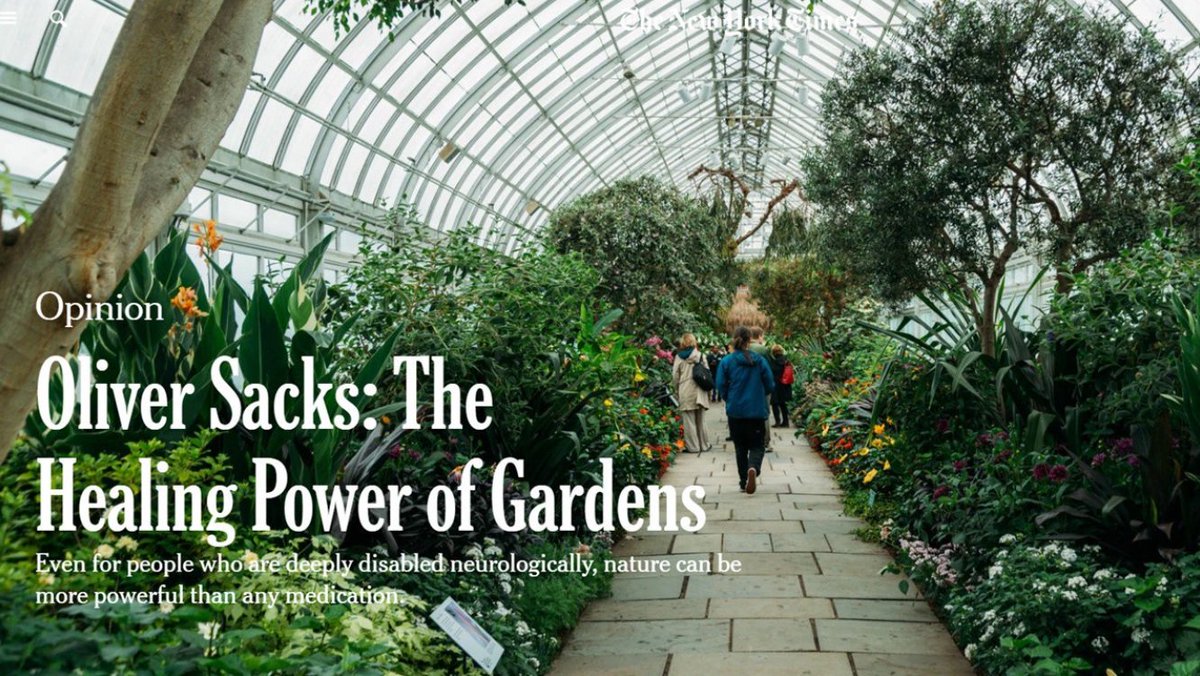
Photo: The New York Times
‘I cannot say exactly how nature exerts its calming and organizing effects on our brains, but I have seen in my patients the restorative and healing powers of nature and gardens, even for those who are deeply disabled neurologically. In many cases, gardens and nature are more powerful than any medication.’
‘As a writer, I find gardens essential to the creative process; as a physician, I take my patients to gardens whenever possible. All of us have had the experience of wandering through a lush garden or a timeless desert, walking by a river or an ocean, or climbing a mountain and finding ourselves simultaneously calmed and reinvigorated, engaged in mind, refreshed in body and spirit. The importance of these physiological states on individual and community health is fundamental and wide-ranging. In 40 years of medical practice, I have found only two types of non-pharmaceutical “therapy” to be vitally important for patients with chronic neurological diseases: music and gardens.’
N.B. The inspiring words and sentiments of Dr. Sacks, noted above, ring so true and very much resonate with me. For many years now, every day at Dawn, I have been feeling the healing power of our garden. Below you can read my testimony:
A beautiful sunrise from our garden in Coventry. April 2020
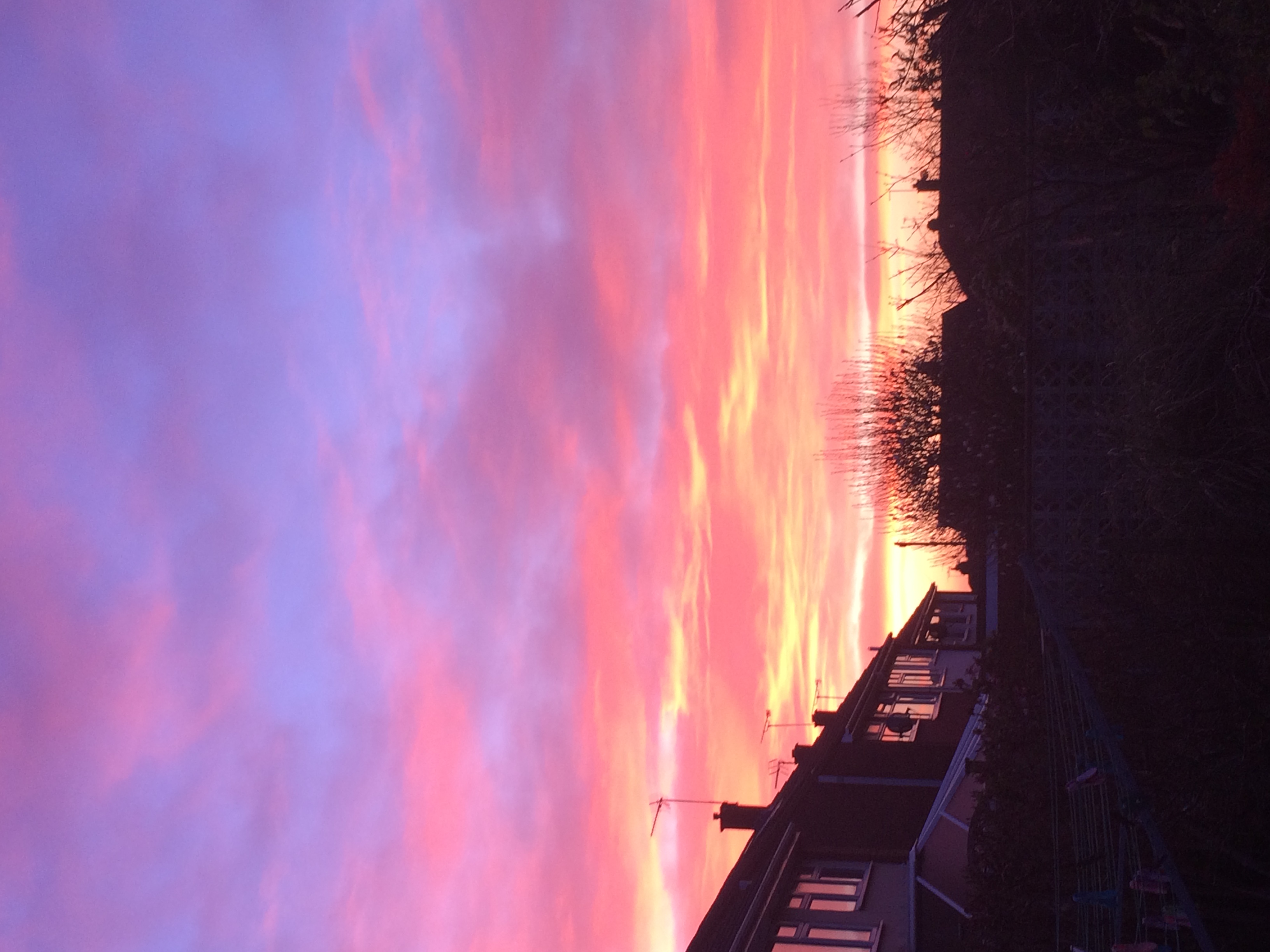
Photo: Anne Mofid
I found reasons for joy, happiness, and hope for a better world even amid the
bleakness of the world that we have created
“Music is manna for the soul, and nectar for the spirit."
Interfaith Spiritual Music to Heal the World, GCGI 1st Conference, Oxford 2002
...And now reverting to the article by Dr. Sacks:
‘The Healing Power of Gardens’
By Dr. Oliver Sacks (1933-2015), Via The New York Times*
‘The wonder of gardens was introduced to me very early, before the war, when my mother or Auntie Len would take me to the great botanical garden at Kew. We had common ferns in our garden, but not the gold and silver ferns, the water ferns, the filmy ferns, the tree ferns I first saw at Kew. It was at Kew that I saw the gigantic leaf of the great Amazon water lily, Victoria regia, and like many children of my era, I was sat upon one of these giant lily pads as a baby.
As a student at Oxford, I discovered with delight a very different garden — the Oxford Botanic Garden, one of the first walled gardens established in Europe. It pleased me to think that Boyle, Hooke, Willis and other Oxford figures might have walked and meditated there in the 17th century.
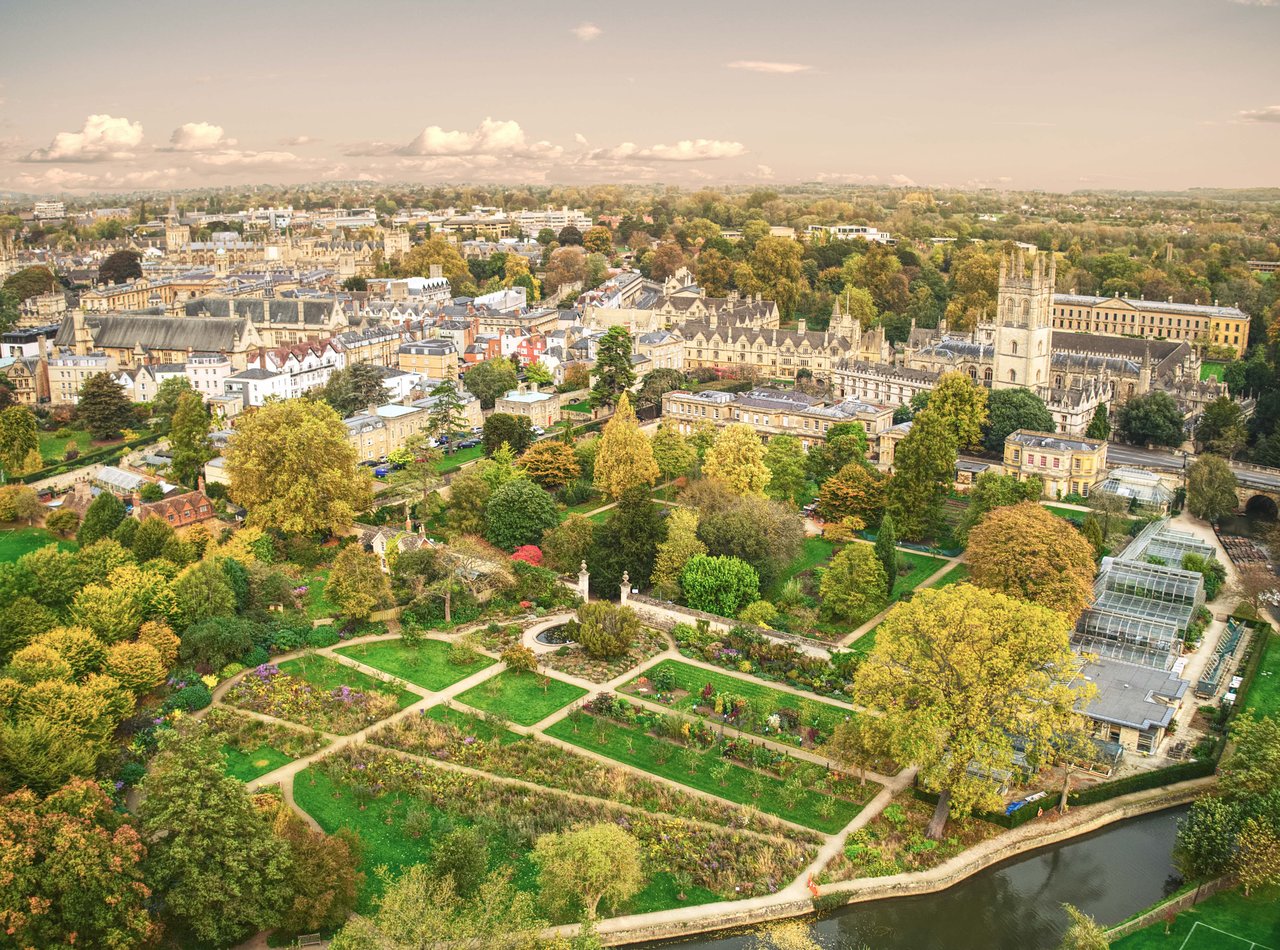
Oxford Botanic Garden & Arboretum (I have very fond memories of this wonderfully beautiful and inspiring garden.
It was the first English garden I visited in early 1970s, whilst living in Oxford.)- Photo:Tripadvisor
I try to visit botanical gardens wherever I travel, seeing them as reflections of their times and cultures, no less than living museums or libraries of plants. I felt this strongly in the beautiful 17th-century Hortus Botanicus in Amsterdam, coeval with its neighbor, the great Portuguese Synagogue, and liked to imagine how Spinoza might have enjoyed the former after he had been excommunicated by the latter — was his vision of “Deus sive Natura” in part inspired by the Hortus?
The botanical garden in Padua is even older, going right back to the 1540s, and medieval in its design. Here Europeans got their first look at plants from the Americas and the Orient, plant forms stranger than anything they had ever seen or dreamed of. It was here, too, that Goethe, looking at a palm, conceived his theory of the metamorphoses of plants.
When I travel with fellow swimmers and divers to the Cayman Islands, to Curacao, to Cuba, wherever — I seek out botanical gardens, counterpoints to the exquisite underwater gardens I see when I snorkel or scuba above them.
I have lived in New York City for 50 years, and living here is sometimes made bearable for me only by its gardens. This has been true for my patients, too. When I worked at Beth Abraham, a hospital just across the road from the New York Botanical Garden, I found that there was nothing long-shut-in patients loved more than a visit to the garden — they spoke of the hospital and the garden as two different worlds.
I cannot say exactly how nature exerts its calming and organizing effects on our brains, but I have seen in my patients the restorative and healing powers of nature and gardens, even for those who are deeply disabled neurologically. In many cases, gardens and nature are more powerful than any medication.
My friend Lowell has moderately severe Tourette’s syndrome. In his usual busy, city environment, he has hundreds of tics and verbal ejaculations each day — grunting, jumping, touching things compulsively. I was therefore amazed one day when we were hiking in a desert to realize that his tics had completely disappeared. The remoteness and uncrowdedness of the scene, combined with some ineffable calming effect of nature, served to defuse his ticcing, to “normalize” his neurological state, at least for a time.
An elderly lady with Parkinson’s disease, whom I met in Guam, often found herself frozen, unable to initiate movement — a common problem for those with parkinsonism. But once we led her out into the garden, where plants and a rock garden provided a varied landscape, she was galvanized by this, and could rapidly, unaided, climb up the rocks and down again.
I have a number of patients with very advanced dementia or Alzheimer’s disease, who may have very little sense of orientation to their surroundings. They have forgotten, or cannot access, how to tie their shoes or handle cooking implements. But put them in front of a flower bed with some seedlings, and they will know exactly what to do — I have never seen such a patient plant something upside down.
My patients often live in nursing homes or chronic-care institutions, so the physical environment of these settings is crucial in promoting their well-being. Some of these institutions have actively used the design and management of their open spaces to promote better health for their patients. For example, Beth Abraham hospital, in the Bronx, is where I saw the severely parkinsonian postencephalitic patients I wrote about in “Awakenings.” In the 1960s, it was a pavilion surrounded by large gardens. As it expanded to a 500-bed institution, it swallowed most of the gardens, but it did retain a central patio full of potted plants that remains very crucial for the patients. There are also raised beds so that blind patients can touch and smell and wheelchair patients can have direct contact with the plants.
Clearly, nature calls to something very deep in us. Biophilia, the love of nature and living things, is an essential part of the human condition. Hortophilia, the desire to interact with, manage and tend nature, is also deeply instilled in us. The role that nature plays in health and healing becomes even more critical for people working long days in windowless offices, for those living in city neighborhoods without access to green spaces, for children in city schools or for those in institutional settings such as nursing homes. The effects of nature’s qualities on health are not only spiritual and emotional but physical and neurological. I have no doubt that they reflect deep changes in the brain’s physiology, and perhaps even its structure.’- Oliver Sacks was a neurologist and author of many books. This is an excerpt from the forthcoming collection of his essays, “Everything in Its Place.” He died in 2015.
*This article was first published in The New York Times on 18 April 2019.
This is my favourite garden with so much fond memories
Waterperry Gardens and Waterperry House
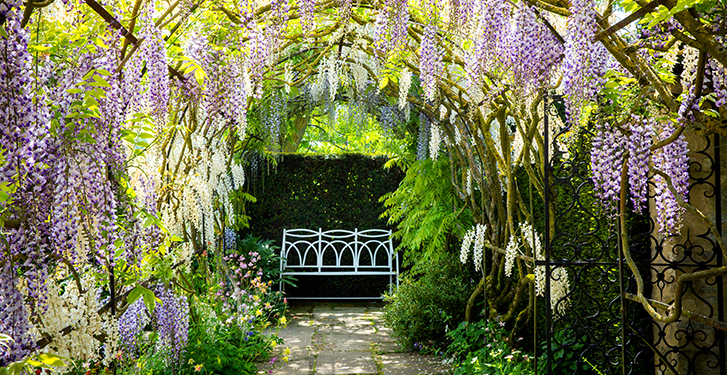
(N.B. We held three of our annual GCGI Conferences at Waterperry House and Gardens.
These two places are held very dear at a very special place in my heart)
GCGI and SES Joint Conference, Waterperry House 2016, Group Photo
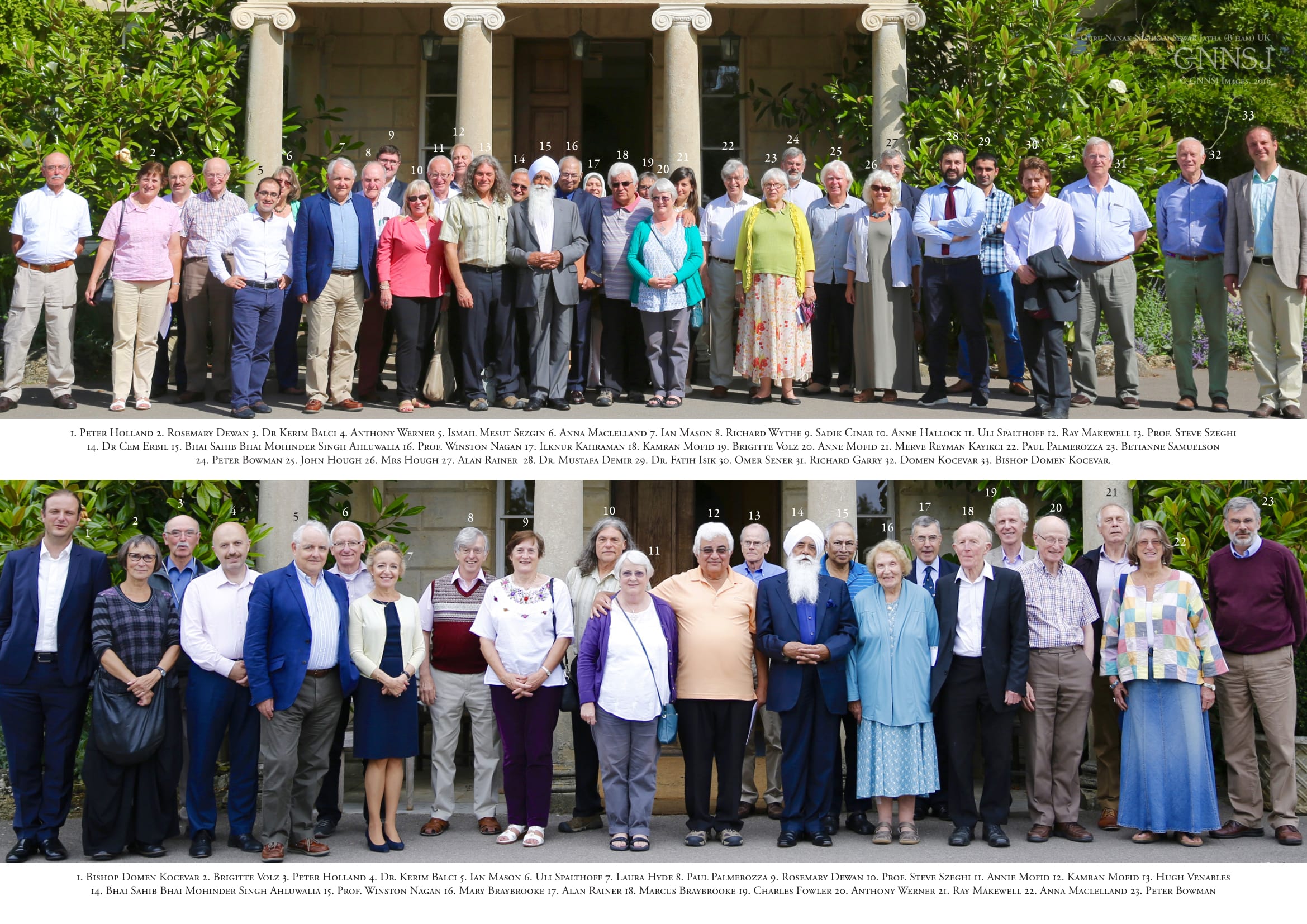
13th GCGI Conference, Waterperry House: A Report and Reflection by Prof. Steve Szeghi
Read more on the healing power of gardens
PERSIAN GARDEN, THE PARADISE ON EARTH
A REFLECTION
…’the idea of a Paradise garden comes from the ancient Persians, who were themselves influenced by earlier civilisations: the Babylonians (in c. 2,100 BC) described their Divine Paradise in the Epic of Gilgamesh: ‘In this immortal garden stands the Tree…beside a sacred fount the Tree is placed’.- Reflections on Monty Don’s Paradise Gardens

‘Persian garden truly resembles the paradise on Earth. The general pattern of Persian gardens (Iranian gardens) has a rectangular form consisting of four quarters abundant in trees and flowers, streams and pathways, ponds and fountains, usually a central pavilion, and the walls that surround the garden. The Persian gardens are so remarkable that nine gardens out of a wide variety are inscribed on UNESCO World Heritage Site. The gardens located in different climatic parts of Iran have their unique features but are still similar in overall structure.
According to Persian literature, the word garden means “paradise “which is derived from the word”paridaiza”. Paridaiza means a garden surrounded by walls. This walled garden makes a harmony between nature and humans’ art of creation. The evergreen trees harness the sharp sunlight, the water flows make the environment cool, and the pavilion blocks the sunlight while providing picturesque view from the terrace.’- Continue to read
Can anxious minds find solace working with plants?

